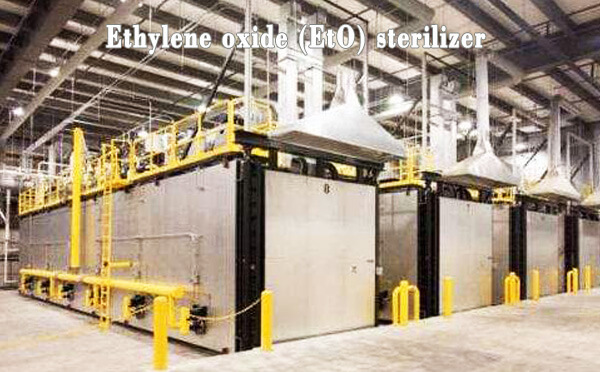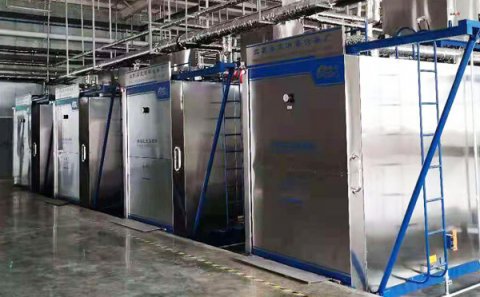
Gas Sterilization Definition
Ethylene oxide, also known as ethylene oxide, is a colorless liquid at low temperature, with aromatic ether flavor, boiling point of 10.8 ℃, olfactory threshold of 760 mg / m-1064mg / m, density of 1.52; ethylene oxide is flammable and explosive, with a minimum combustion concentration of 3%.
Ethylene oxide gas has strong bactericidal power and wide bactericidal spectrum, which can kill all kinds of microorganisms, including bacterial spores. It is a bactericide.
Installation requirements of ethylene oxide sterilizer:
The ethylene oxide sterilizer must be placed in a well ventilated place. Do not place it near the fire source. In order to facilitate maintenance and regular maintenance, 51cm space shall be reserved on each side (including the upper part) of the ethylene oxide sterilizer. Special exhaust pipes shall be installed and completely isolated from other exhaust pipes in the building.
Safety protection principles and precautions for ethylene oxide:
-
1) Keep the ethylene oxide sterilizer, gas cylinder or gas tank away from fire source and static electricity.
-
2) The storage place of ethylene oxide shall be free from fire, rotating motor, sun and good ventilation. The temperature shall be lower than 40 ℃, but it shall not be put in the refrigerator. Handle in strict accordance with the storage requirements for inflammable and explosive materials formulated by the state.
-
3) Do not use too much force when dosing or opening the bottle to prevent the liquid from spraying out.
-
4) Monitor the air concentration of EO working environment every year.
-
5) The ethylene oxide staff shall be trained in professional knowledge and emergency treatment. After excessive contact with ethylene oxide, remove the patient from the poisoning site quickly and inhale fresh air immediately; after skin contact, wash the contact area with water for at least 15 minutes and remove the dirty clothes; wash the eyes with liquid ethylene oxide or high concentration ethylene oxide gas for at least 10 minutes, in case of the above situation, seek medical advice as soon as possible.
-
6) Clean, repair and commission the ethylene oxide sterilization equipment regularly according to the requirements of the manufacturer.
- 7) Ethylene oxide can form toxic glycol when encountering water, so it can not be used for food sterilization.









Comments: